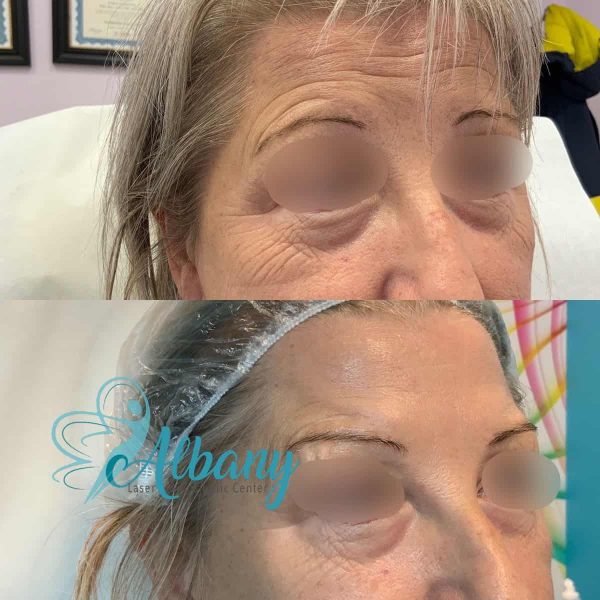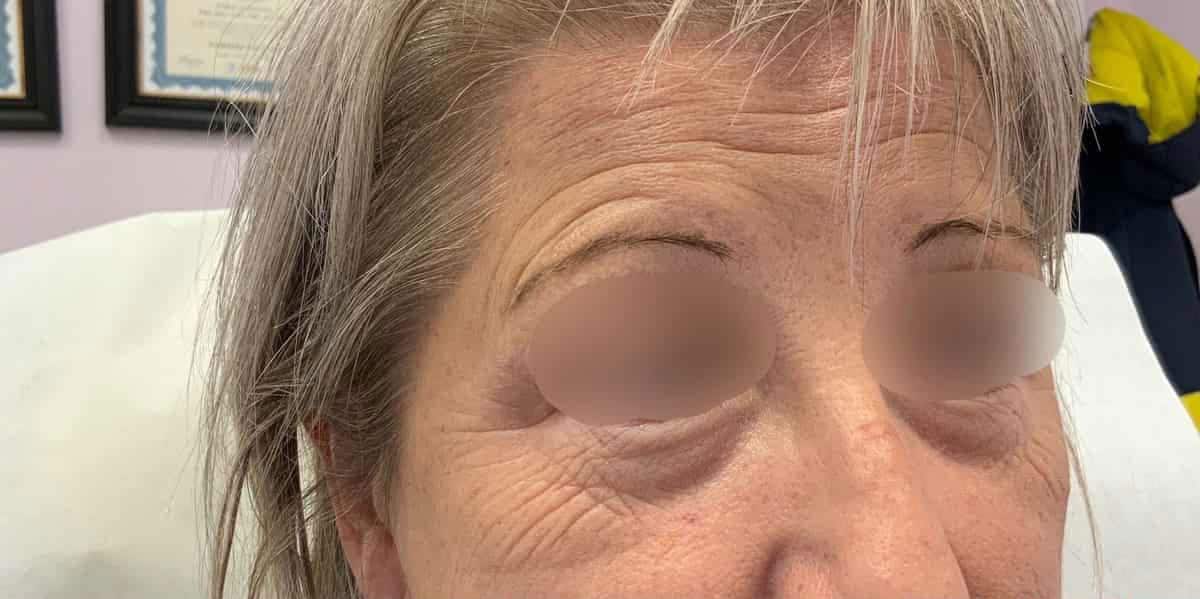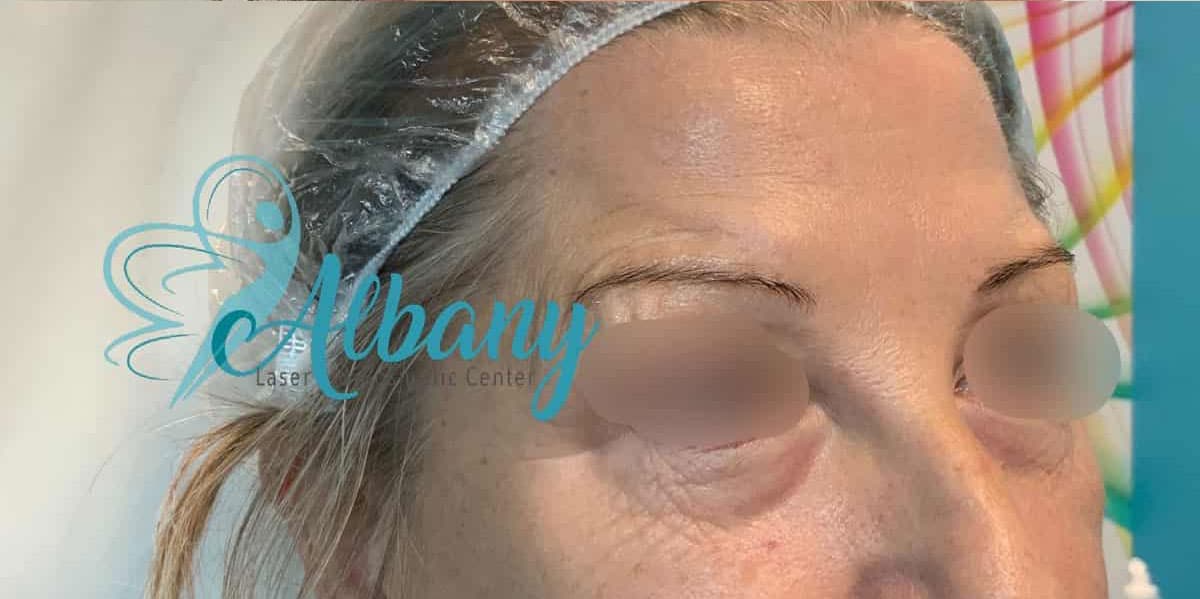Cosmetic Botulinum Toxin Injections for Under-Eye Wrinkles
Enjoy Your Under Eye Botox in Edmonton for under-eye wrinkles. Moreover, Botox injections may reduce lines and creases around the eyes and lips.
Botulinum toxin, often known as Botox, is a medicine that relaxes the muscles that cause wrinkles to form.
Botox improves wrinkles temporarily:
• among the brows
• across the brow
• in the corners of the eyes
• close to the mouth
However, the Food and Drug Administration (FDA) in the United States has not authorized the use of Botox under the eyes for aesthetic reasons. There has been little investigation regarding its usefulness or adverse effects.
In this article, we learn all we presently know about using Botox behind the eyes, including potential adverse effects and alternatives to this operation.
What is the mechanism of Botox?
Botox injections are used to reduce the visibility of wrinkles. Botulinum toxin type A, human albumin, and sodium chloride are the three major constituents in Botox vials. Botulinum toxin A is the active component that has the highest impact. When injected into muscles, Botox stops the nerve signals that cause a specific muscle to contract. Because the muscle cannot move, the appearance of wrinkles is reduced. Botox can only decrease wrinkles in the face’s moving parts. Doctors often use it on the glabellar lines, frown lines between the brows, wrinkles on the forehead and crow’s feet at the sides of the eyes. Botox is not a permanent wrinkle treatment. It will quit inhibiting nerve signals after 3–6 months, and the muscles begin to contract. Further injections will be required to sustain the effects. Botox has also been used to treat various medical ailments, ranging from migraines to overactive bladder.
What is the efficacy of Botox beneath the eyes?
In the United States, injecting Botox to alleviate bags or dark circles beneath the eyes is considered an off-label application, and the FDA has not authorized it. As a result, few trials on its application have been undertaken, and physicians are unclear about how useful it may be.
One 2003 study trusted by Source looked to see whether Botox injections beneath and around the eyes may lessen the appearance of wrinkles in these locations. Nineteen female participants were injected. Those who got injections in both the lower eyelids and the crow’s feet region were more likely to report good outcomes than those who just received injections in the lower eyelids.
These findings imply that Botox injections might make the lower eyelid seem larger and plumper, reducing wrinkles and bagginess.
The researchers also tested the effects of different dosages of Botox on the lower eyelid. Patients who had 8 units of Botox saw the best outcomes, but they also suffered the most severe adverse effects. There is presently little study concerning Botox injections beneath the eyes.
What are under-eye wrinkles?
Wrinkles under the eyes can be fine or deep and appear due to ageing. Other factors, such as a lack of skincare or sleep, may hasten their appearance. They may also appear earlier in that area due to tugging, rubbing, and stretching while applying or removing makeup. Genetics plays a significant role in developing bugs or shadows in the tear-trough area. The under-eye wrinkles might require either Botox or under-eye fillers.
Smile Line Correction: Case No. 1098
Cosmetic Botulinum Toxin: Case No. 1073



